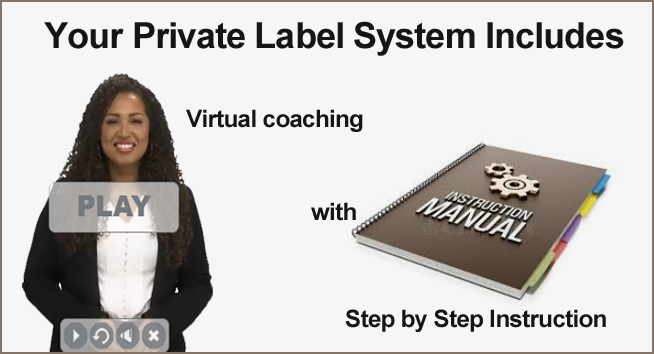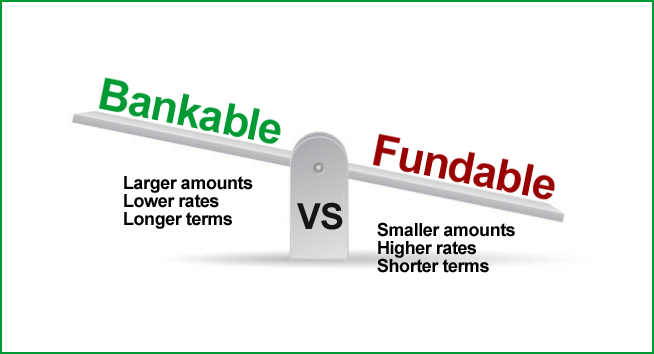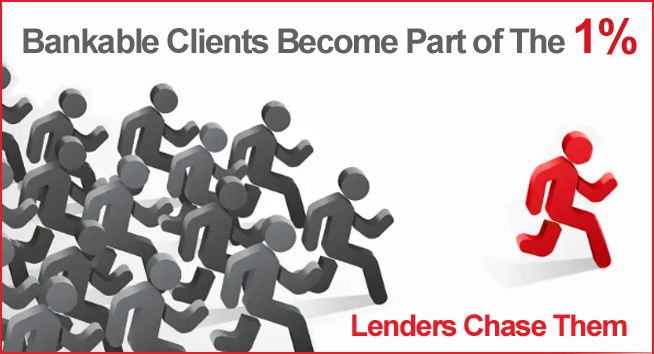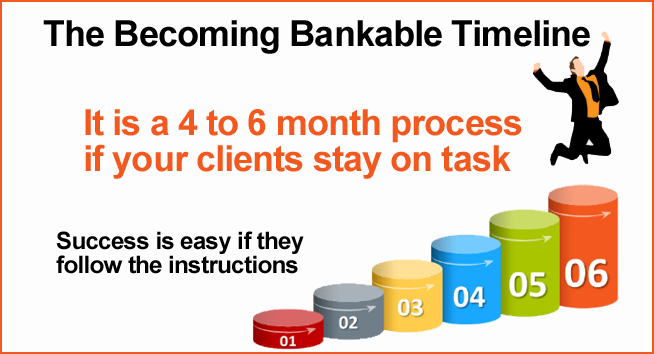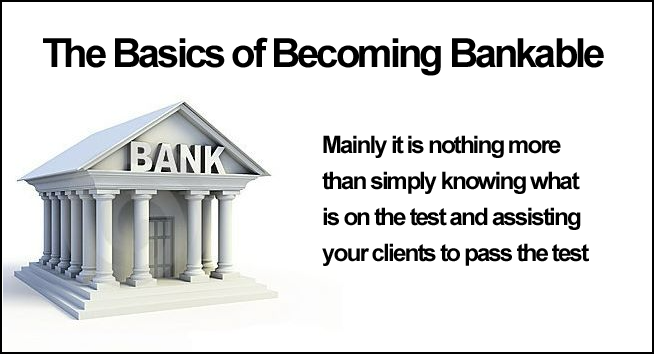
The process of a small business "Becoming Bankable" is not difficult, but it is complicated. The issue is that ninety nine percent (99%) of small business owners simply do not know what is involved. For example, ask small business owners what is their "Bank Rating"? They have no clue, when it is the single most important item determining their ability to service a debt. Ask them about their UCC filings and again no clue. Most likely they do not know what "UCC" stands for. Ask them if their "Lender Compliance Items" are completed? No clue. Ask them what is their FICO business credit score? Again, no idea. Their Inteliscore or Paydex socre? How many reporting tradelines do they have? Ask them to show you their accounts aging? Ask if they have checked their NAP validation? By now you get the point. It is simply what they don't know that is keeping them from "Becoming Bankable".
